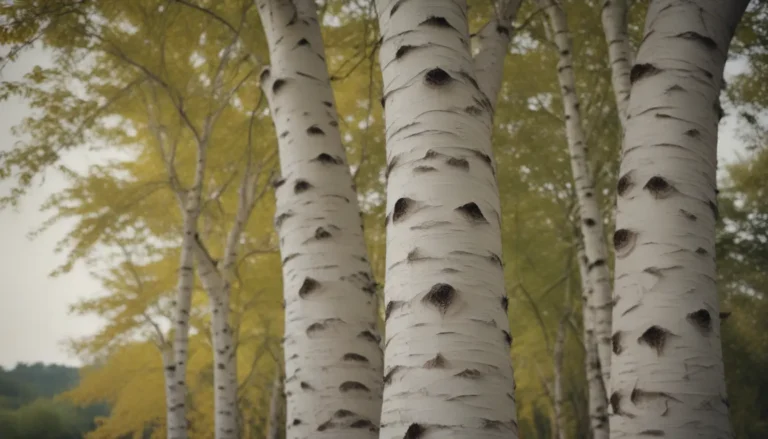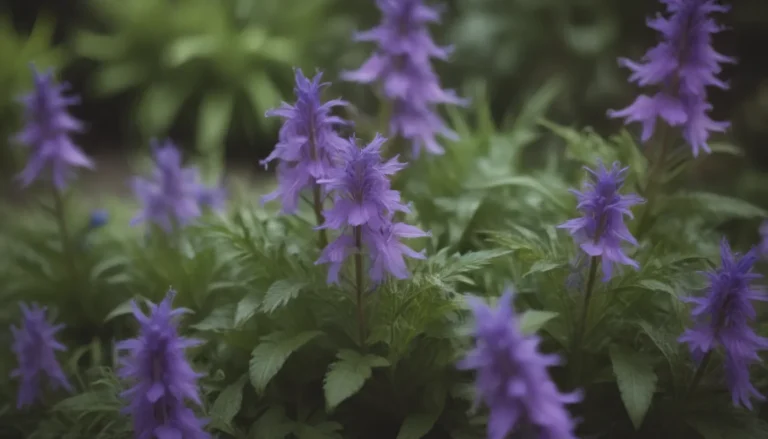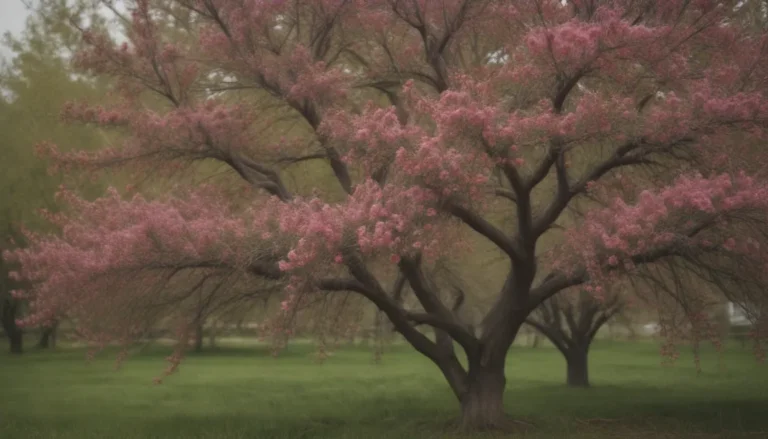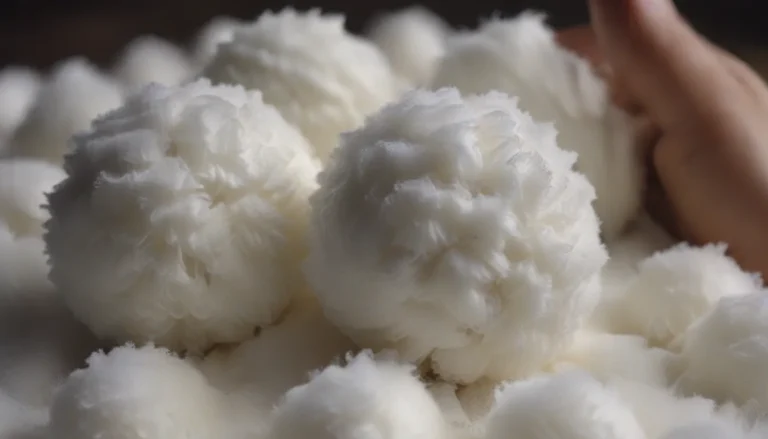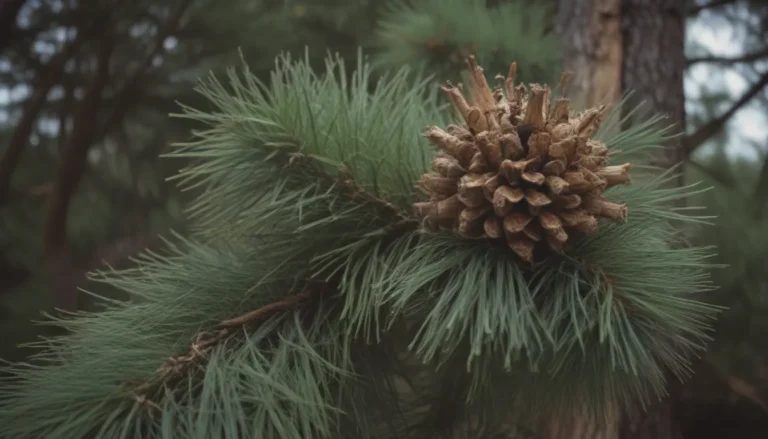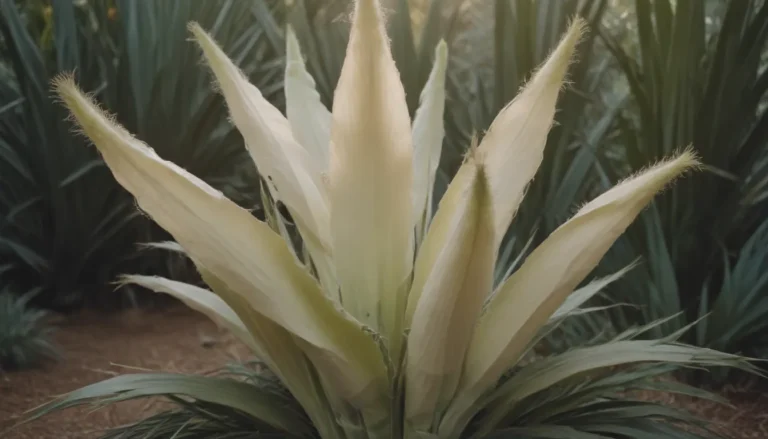Ultimate Guide: Growing and Caring for Eastern Prickly Pear Cactus

If you are looking to add a touch of the southwest to your garden, the Eastern prickly pear cactus is a fantastic choice. This cactus, also known asOpuntia humifusa, is not only easy to grow but also hardy enough to thrive in cooler climates. In this comprehensive guide, we will explore everything you need to know to successfully grow and care for Eastern prickly pear cactus in your own garden.
Introduction to Eastern Prickly Pear Cactus
The Eastern prickly pear cactus is native to the eastern United States and is a smaller version of its desert cousinOpuntia ficus-indica. While it may not reach the towering heights ofOpuntia ficus-indica, the Eastern prickly pear cactus makes up for it with its hardiness and charming delicate flowers. This cactus can be propagated from cuttings in early summer or from seeds in late spring.
Prickly Pear Care Tips
Caring for Eastern prickly pear cactus is relatively straightforward, making it a favorite among both desert dwellers and cool-weather gardeners. Here are some essential care tips to help your cactus thrive:
- Light: Eastern prickly pear cactus thrives in full sun for at least eight hours a day. In hotter climates, partial shade can be tolerated. More sunlight exposure will lead to larger plants and more blooms during the summer.
- Soil: Plant your prickly pear cactus in well-draining soil. A sandy or gravelly mix is ideal, but it can also do well in a primarily clay mixture as long as it drains well. A neutral-to-acidic pH level of 6.0–7.5 is suitable for this cactus.
- Water: This cactus is extremely drought-tolerant, so water sparingly. In most areas, regular rainfall should be sufficient, but if needed, water the plant every two to four weeks.
- Temperature and Humidity: Eastern prickly pear cactus prefers warm, dry weather but can withstand cold temperatures down to 14 degrees Fahrenheit. Avoid extra humidity as the cactus thrives in dry conditions.
- Fertilizer: No fertilizer is necessary when planted outdoors in garden soil. However, occasional feeding may be needed indoors. Use a well-balanced fertilizer when necessary.
Types of Prickly Pear Cactus
In addition to the Eastern prickly pear cactus, there are several other varietals found throughout the United States:
- Beavertail (Opuntia basilaris)
- Englemann (Opuntia engelmannii)
- Mojave (Opuntia erinacea)
- Santa Rita (Opuntia santa-rita)
Propagating and Potting Prickly Pear Cactus
- Propagating: While it’s possible to grow prickly pear cactus from seeds, propagation is often preferred for quicker results. To propagate, remove a mature pad from the mother cactus, let the cut end scab over, and plant it in a soil and sand mixture.
- Potting and Repotting: Prickly pear cactus can be grown in pots until they outgrow them. Use a pot with ample drainage holes, succulent potting mix, and gravel at the bottom for better drainage.
Pruning and Overwintering Tips
- Pruning: Pruning is not necessary but can help maintain the cactus’s shape. Remove pads as needed to control growth.
- Overwintering: If growing in pots, bring your prickly pear cactus indoors during winter. In-ground plants can be protected with a layer of mulch to survive cold temperatures.
Common Pests and Diseases
- Pests: Overwatering is a common issue that can cause root rot in prickly pear cacti. Insect pests like scale and mealybugs can be treated with rubbing alcohol or neem oil.
- Diseases: Phyllosticta fungus can affect prickly pear cactus, causing black spots on the pads. Infected plants should be disposed of to prevent the spread of the disease.
How to Encourage Blooming
Encouraging your prickly pear cactus to bloom can be achieved with proper care. Fertilize monthly, provide ample sunlight, and prune flowers to allow space for fruit growth. With the right conditions, many prickly pear cacti can live for over 20 years.
In conclusion, Eastern prickly pear cactus is a beautiful and hardy plant that can thrive in a variety of climates. By following these care tips and techniques, you can enjoy the vibrant flowers and edible fruits of this unique cactus in your own garden. So, why not add a touch of the southwest to your outdoor space with the Eastern prickly pear cactus today?
